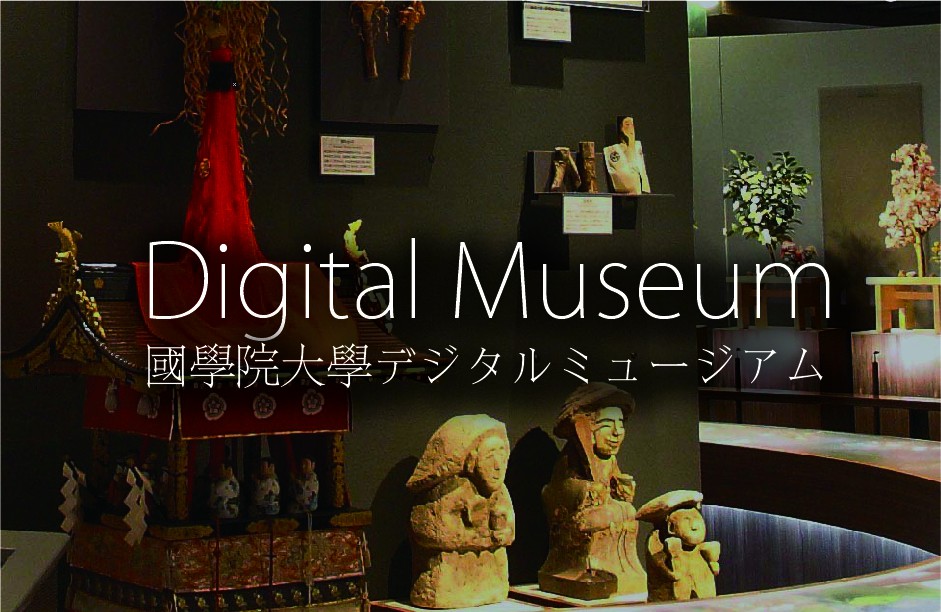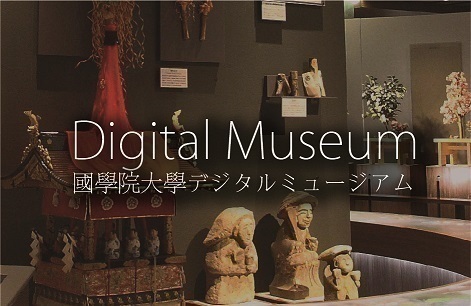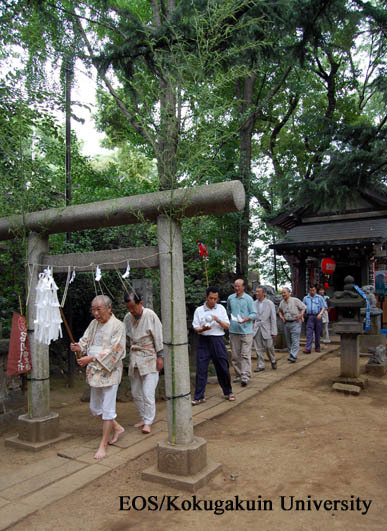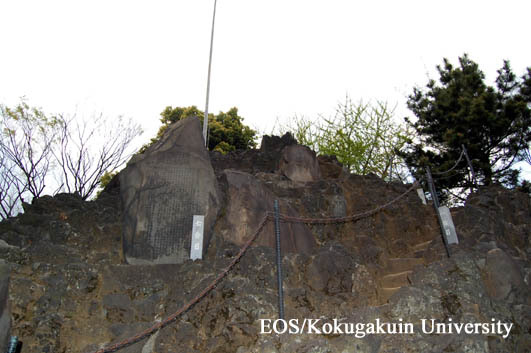- トップ
- Encyclopedia of Shinto
- Fuji shinkō
Encyclopedia of Shinto
| Main Menu: | |
| Links: |
詳細表示 (Complete Article)
| カテゴリー1: | 6. Belief and Practice |
|---|---|
| カテゴリー2: | Mountain Beliefs and Practices |
| Title | Fuji shinkō |
| Text | Beliefs and practices associated with Mt Fuji, Japan's highest mountain (3776 m.), situated on the border of Shizuoka and Yamanashi Prefectures. Long worshipped as a sacred mountain, it is mentioned in two eighth century works, the Manyōshū and the Hitachi no kuni fudoki. Though the mountain itself is the kami, the enshrined kami (saijin) is Konohanasakuyahime. It has erupted eighteen times in recorded history. In order to pacify it, the court awarded it court rank and venerated it as Sengen Ōkami . The shrine Sengen Jinja is thought to have been founded in the Heian period. Traditions also exist associating Fuji with immortality-seeking wizards (in the Daoist sense) . The Nihon ryōiki (ninth century) tells how En no Ozunu undertook religious training there, and in the Shōtoku Taishi e-goyomi there is a description of an ascent by Prince Shōtoku riding the great horse of Kai. In the Heian period, mountain ascetics appeared, of whom Matsudai Shōnin is a characteristic example. According to the Honchō seiki (twelfth century), he studied under Chiin of Jissōji in Iwamoto and also undertook religious training at Mt Izu in Atami and at Hakusan. He climbed Mt Fuji several hundred times and was responsible for building a temple, Dainichiji, on its summit. With the Retired Emperor Toba as his patron, he buried the Large Perfection of Wisdom Sutra under a mound there. A temple complex was also established at Murayama, at the foot of the mountain. Eventually Matsudai attained buddhahood while still alive and was worshipped as Daitōryō Gongen. Later, in the Bunpō era (1317-19), the shugen priest Raison began an ascetic regime called Fujigyō, encouraging ordinary people to climb the mountain; he attracted many devotees and his movement, based at Murayama (now Fujinomiya) prospered. Murayama commanded the entry path on the seaward side of Mt Fuji and the movement based there was therefore called Murayama Shugendō. Followers of Honzanha (Tendai) Shugendō who climbed the mountain from Murayama were known as Fuji gyōnin (ascetics). Three shugen temples in Murayama, Tsujinobō, Chiseibō, and Daikyōbō, wielded great influence as Honzanha sendatsu and as the supervisors (bettō) of Sengen Jinja, Dainichidō and Daitōryō Gongen, respectively. Murayama Shugendō was extremely important in the medieval period, when it controlled the whole area from the eighth stage to the summit. However, its influence waned in the Edo period. Customs related to Fuji pilgrimage are depicted in paintings known as Fuji Mandara. These paintings were employed by expositors belonging to the various Fuji confraternities (Fuji kō) in the Kantō region, and then around the whole country. Hasegawa Kakugyō (1541-1646) undertook ascetic practice in a cave (Hitoana) on the western side of the mountain in 1560, a kōshin year. Later he did rigorous training (aragyō) in the area around Yoshida (now Fuji Yoshida), the northern entrance to the mountain, extolling the ascetic practices of the Fuji cult. He came to be considered the founding patriarch of the Fuji confraternities and is said to have begun the magico-religious practices associated with them, inscribing talismans called fusegi and using special letters called ominuki to protect followers from illness and catastrophe. During the Kyōho era (1716-36) two great ascetic practitioners appeared. One was Kakugyō, who expanded the propagation activities of the confraternities on a large scale; his lineage is known as Murakamiha. The other was Jikigyō Miroku (1671-1733). Originally a merchant called Itō Ihei, he took this name when he became a devotee of the Fuji cult. Calling for world-renewal (yonaoshi), he criticized the contemporary status system and taught the equality of men and women. At the end of his life, he fasted at Eboshi-iwa at the Yoshida entrance and died, praying for the salvation of all common people. After his death his direct followers expanded his teachings and later reformed the confraternities, gained many devotees, and worked hard to propagate the teachings. The Fuji confraternities, with their goal of climbing Fuji, saw an explosive increase in popularity in Edo and surrounding areas in the first decades of the nineteenth century. They regarded Kakugyō as the founder of the Fuji cult and Miroku as the founder of the confraternities. They recognized three ranks of leader – sendatsu, kōmoto and sewanin. Members built Fuji mounds (Fujizuka, Sengenzuka) in Edo and around the Kantō region. These were miniature representations of Mt Fuji made of volcanic rock (kuroboku) brought from the mountain. They served as sites to venerate Fuji from afar and also as a substitute for climbing. On the official "mountain-opening" day (oyamabiraki, hatsuyama), the last day of the sixth month, each household venerated the mountain, and confraternity members, wearing white robes, carrying pilgrim's staffs and reciting the verse of purification of the six senses (rokkon shōjō), visited these miniature Fuji mounds. There was a custom of making a circuit of seven places in the city where the mounds stood. The bakufu placed a ban on the activities of the confraternities in an attempt to lessen their influence, but they suffered no decline. Yoshida, the settlement adjacent to Sengen Jinja, developed as a center of oshi (pilgrim guides). After the Meiji Restoration, the Fuji confraternities, spurred by the need to organize, associated themselves variously with Shintō sects such as Fusōkyō, Jikkōkyō and Maruyamakyō. See also Fuji-Sengen shinkō — Suzuki Masataka |







